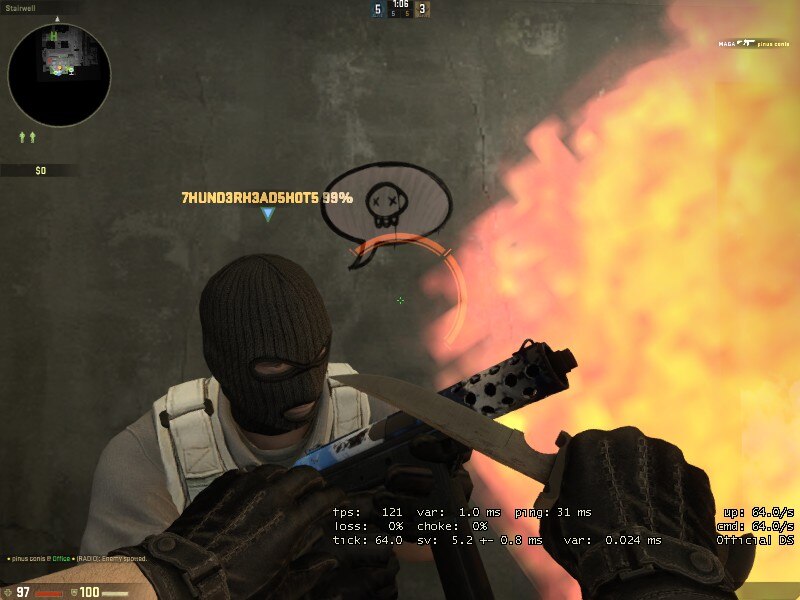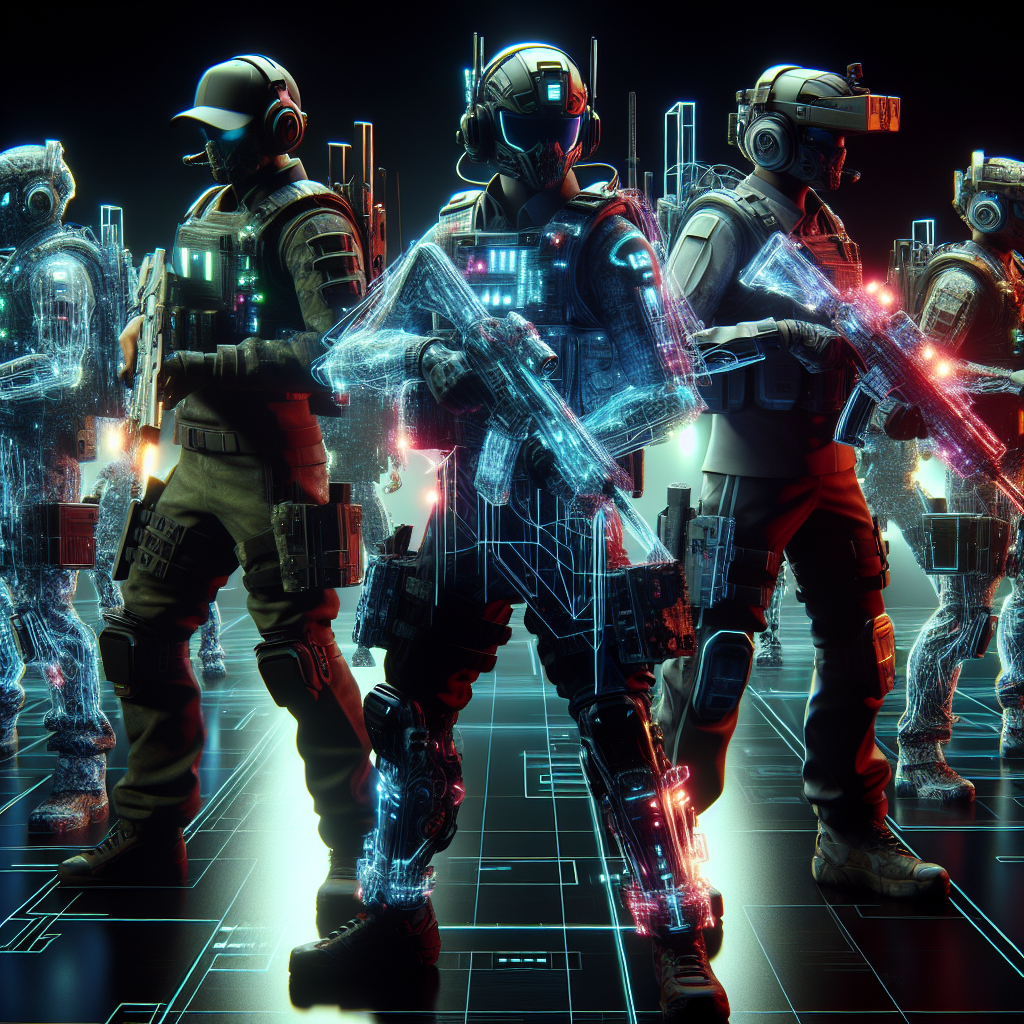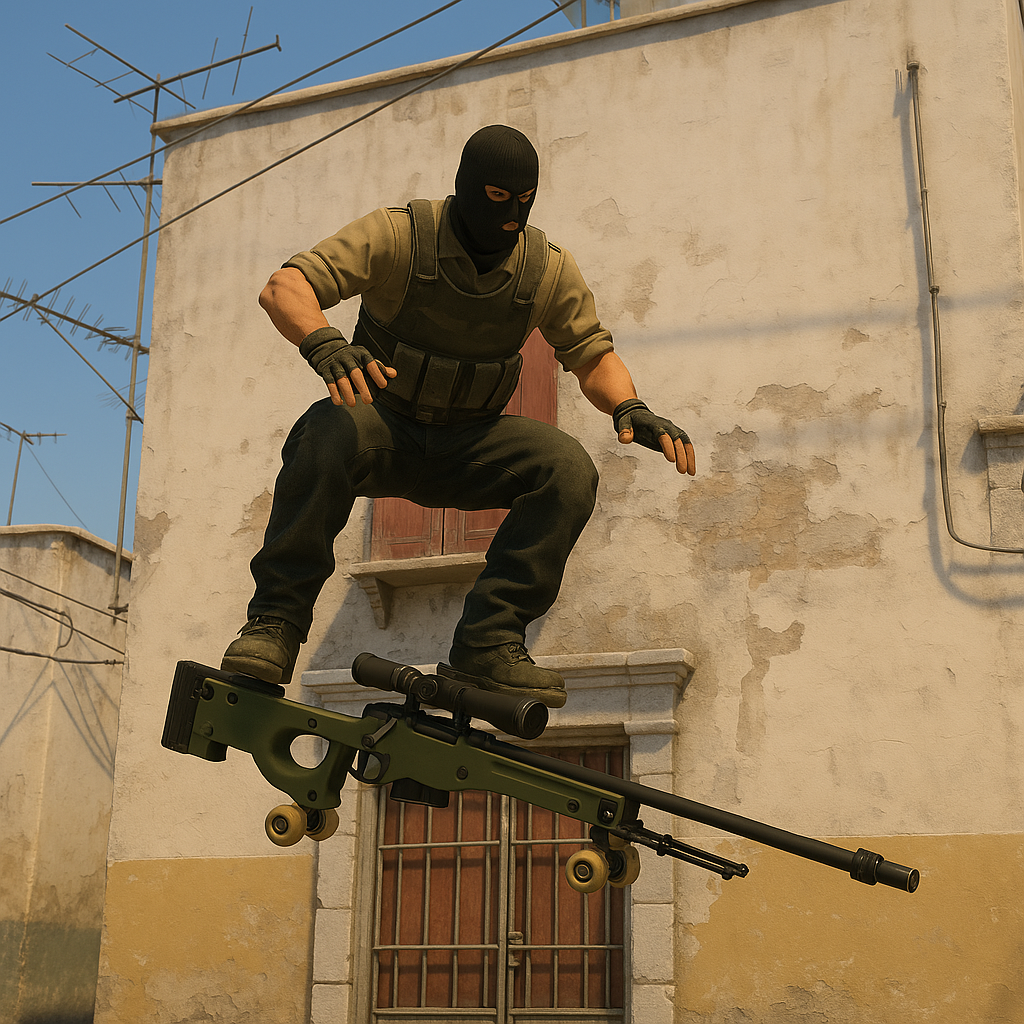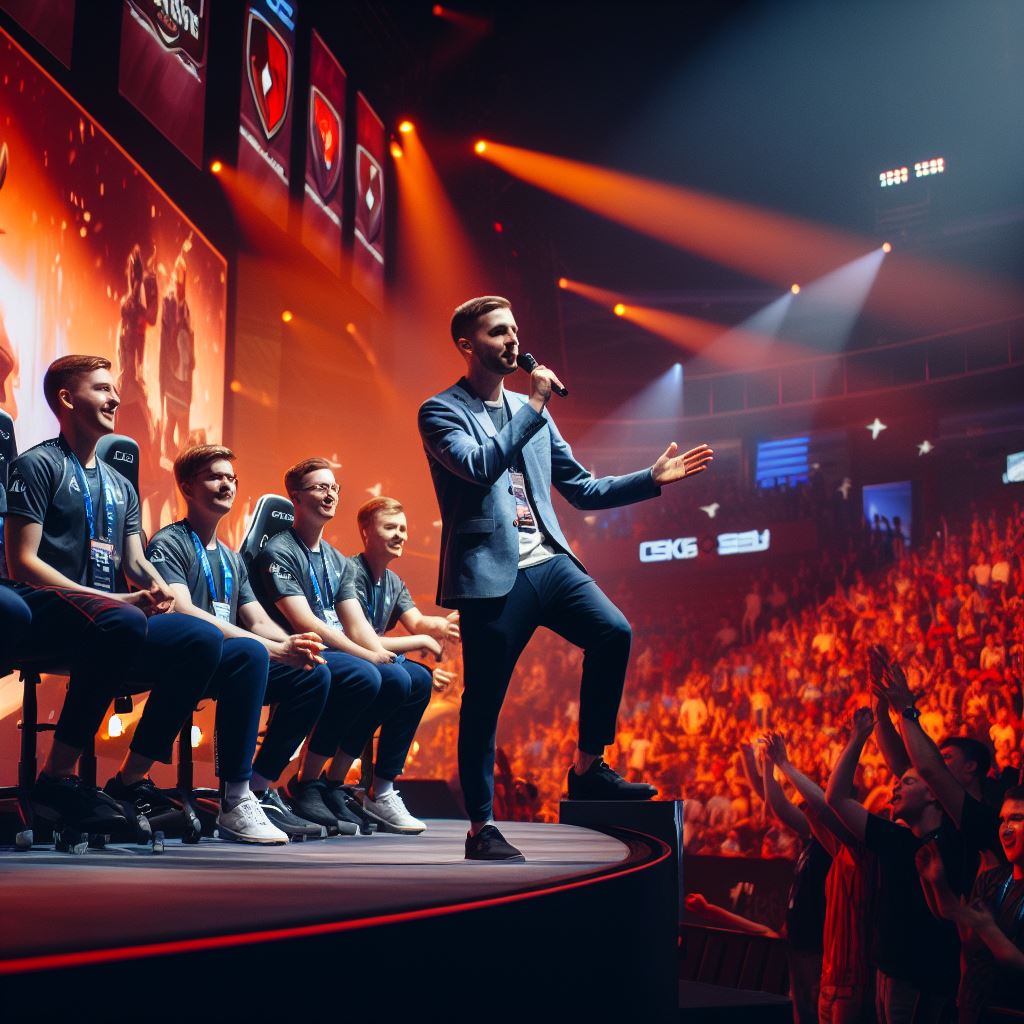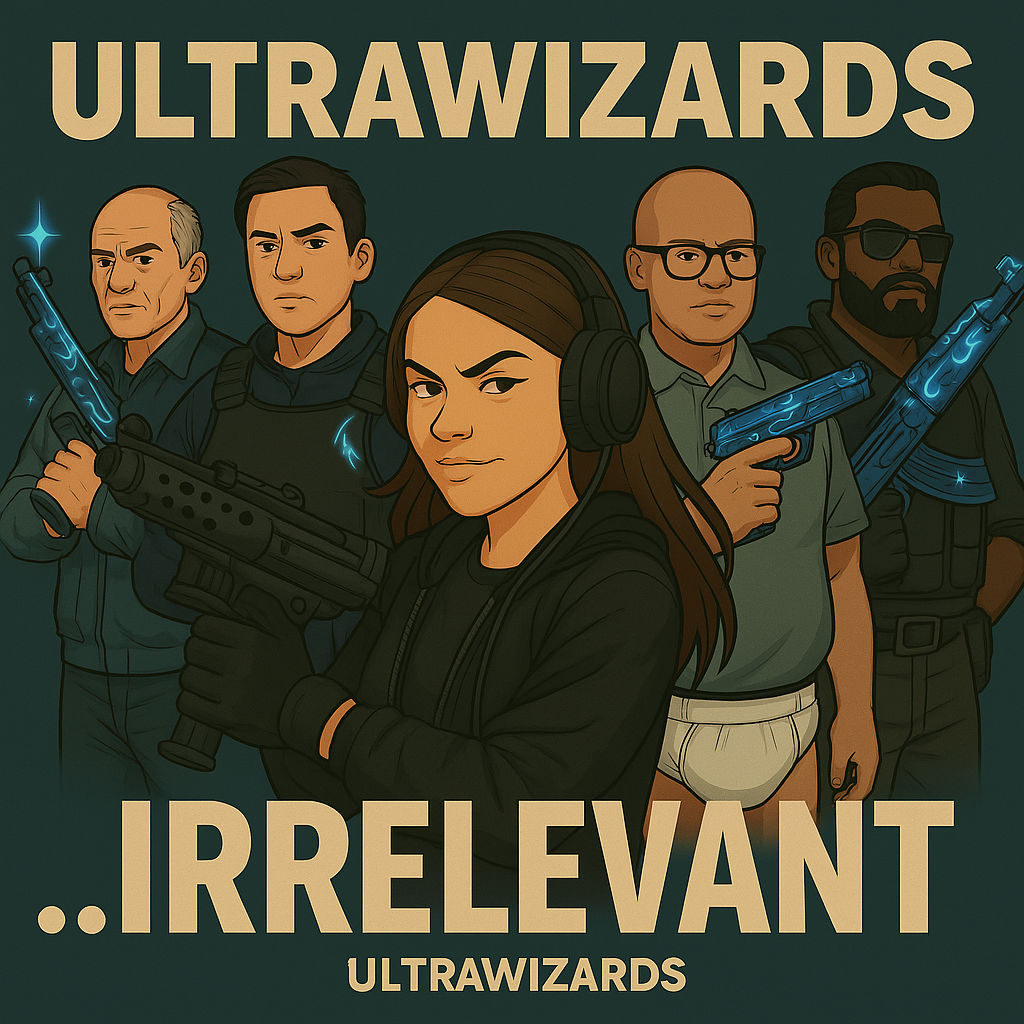Whiners and Doubters: The Bane of My Counter-Strike Existence
Ah, Counter-Strike, the battleground of champions, where skilled marksmen clash in epic battles. But amid the firefights and tactics, there's an insidious plague that threatens to cramp my style and drive me to the brink of insanity. I'm talking about the whiners and doubters, those who cry "cheater" like a kid crying wolf.

In the fabled tale of the boy who cried wolf, the young shepherd lost his credibility by falsely sounding the alarm multiple times. When a real wolf eventually came, nobody believed him, and disaster ensued. In Counter-Strike, the same principle applies, but the consequences are not limited to the boy who cried "cheater."
Picture this: I'm in the middle of a match, aiming for headshots and coordinating with my team. Suddenly, a teammate unleashes a barrage of accusations, labeling the enemy as cheaters. The irony, however, is that our accuser can't hit the broad side of a barn or execute any semblance of proper movement. I'm left dumbfounded, wondering if we're even playing the same game.
These self-proclaimed experts spot an enemy player making a seemingly miraculous shot and immediately cry foul. "They're cheating!" they exclaim. But what they fail to comprehend is that skilled players do exist in the Counter-Strike realm. Those jaw-dropping shots might be the result of hundreds of hours of practice, not a trigger bot or aim hack.
The tragedy unfolds when you consider the implications. Whiners and doubters erode the trust within the team, creating an atmosphere of mistrust and paranoia. Valuable communication deteriorates as we argue over legitimacy, and the focus shifts from strategy to witch hunts.
But there's a deeper issue at play here. Whiners and doubters undermine the credibility of genuine cheating claims. When a legitimate cheater does appear, their cries are drowned out by a cacophony of previous false alarms. Just like the boy who cried wolf, nobody believes them, and the true threats continue to thrive.
The moral of the story is clear: whiners and doubters need to assess their accusations carefully and develop a sense of humility. Let's not be like the boy who cried wolf, undermining the credibility of our claims and sowing discord in the ranks. Instead, let's focus on improving our skills, learning from those who outclass us, and fostering a positive environment where fair play is cherished.
In the end, Counter-Strike is a realm of heroes and villains, where true cheaters occasionally surface. But when you're too quick to judge, you risk becoming the boy who cried "cheater" one too many times, and nobody will heed your call when the real threat emerges. So, let's leave the wolf cries to bedtime stories and remember that in Counter-Strike, as in life, actions speak louder than baseless accusations.

